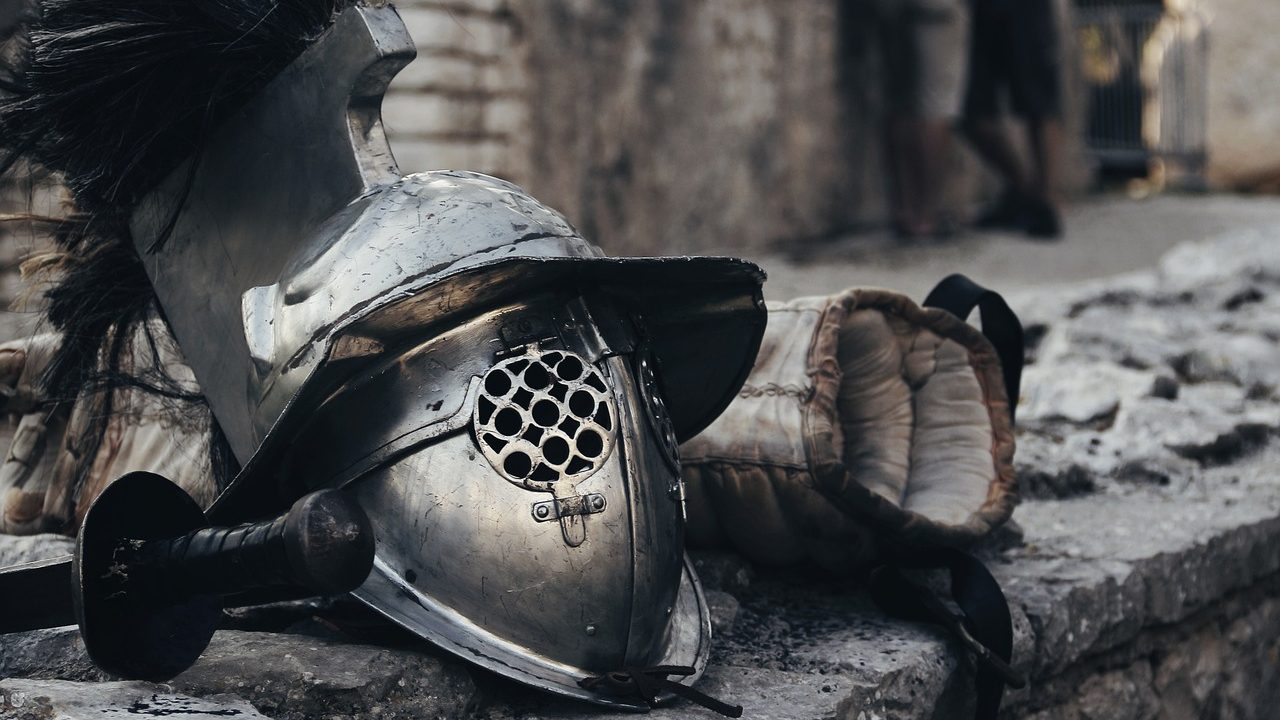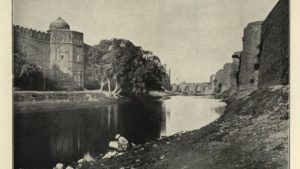Throughout history, weapons have been integral to civilization, enabling survival through hunting for food and engaging in warfare for conquest and prosperity. From ancient times to the present, weapons have adapted to technological advancements and societal shifts, ensuring their enduring presence in human affairs. But despite that their evolution has been marked by changes in appearance, functionality, and usage.

Between 4000-3000 BCE, when civilizations were starting to grow, people weren’t just settling down and farming. They were also making new things, like tools and weapons. These weapons were used for hunting, protecting themselves, and fighting in wars. Back in ancient times, people didn’t have fancy buttons to destroy things with ease. They had to rely on weapons to fight their battles. So, what kinds of weapons did they use? And more importantly, which ones were most effective for achieving their goals? Let’s dive into the ancient world of warfare to find out.
Loads of weapons were made back in the days when ancient civilizations developed weapons for hunting, self-defense, and war. The most ancient weapon was the stone tip in South Africa. Prehistoric weapons included wooden sticks, fire-hardened throwing sticks, and fire arrows. Around 150,000 years after people first made wooden spears, they made them even more dangerous by adding sharp, fire-hardened tips to throwing sticks. This made them better at hunting and fighting. The ancient Egyptians were one of the first to use these fire arrows. They had pieces of flint on the end that could be set on fire.
The Egyptians were clever. Instead of wearing heavy Armour, which would be uncomfortable in the hot Sahara Desert, they used shields to protect themselves. These shields were lighter and easier to carry around. But fire arrows weren’t useful for fighting up close. So, about 80,000 years ago, people began using stone axes. These were strong and good for fighting hand-to-hand. After the stone axes, people invented the bow and arrow, which changed fighting a lot. It made throwing sticks much more accurate and deadly. The throwing stick changed too. It turned into a javelin or dart. Many powerful groups used these weapons to take over big areas.
In olden times, having weapons was a big deal and showed how important someone was in society. Kings, warriors, and nobles liked to have fancy weapons to show off their power and importance. They wore beautifully made swords, special daggers, and fancy shields to show everyone how respected they were. These weapons were like badges of honour in societies where people had different levels of importance.
As civilizations progressed, weapons became crucial for both fighting and protection. Armies in ancient times relied on a range of weapons like swords, axes, spears, and shields during battles and wars. These tools were not just for attacking or defending but also represented power and skill in warfare. Innovations like battering rams and catapults made it easier to conquer walled cities and expand territories. Warfare shaped societies, with advancements in weaponry often deciding the outcomes of conflicts and influencing the course of history. When we study the use of weapons in different civilizations, we come across different areas over different periods of time. During the Mesopotamian Civilization, weapons served various purposes, primarily in warfare, hunting, and protection. Soldiers utilized a range of weapons such as spears, swords, axes, and bows and arrows in battles against enemies and in defense of their cities. These weapons were often made of bronze or iron, reflecting advancements in metallurgy. Additionally, weapons were crucial for hunting game animals for food and resources.

Hunters used bows and arrows, spears, and traps to capture prey for sustenance. Moreover, weapons played a significant role in societal structure and governance. Kings and rulers-maintained armies equipped with weapons to assert control over territories and defend against invasions. The possession and display of weapons symbolized authority and power within Mesopotamian society. Religiously, weapons were sometimes used in rituals and ceremonies, signifying protection and divine favour. They were also depicted in religious texts and art, representing the gods’ protection and the eternal struggle between good and evil. Overall, weapons were integral to various aspects of life in Mesopotamian civilization, shaping its military, economic, social, and religious dimensions.
Another civilization that has had extensive use of weapons was the Indus Valley Civilization. Indus Valley Civilization, although less extensively documented compared to other ancient civilizations, did utilize weapons for various purposes. Archaeological evidence suggests that the people of the Indus Valley had a degree of technological sophistication, including in the crafting of weapons. Weapons in the Indus Valley Civilization were primarily used for hunting, protection, and possibly warfare. Archaeological finds, such as spearheads, arrowheads, and daggers, indicate that hunting was likely a common activity. These weapons would have been used to hunt animals for food and resources. Many more civilizations such as the Egyptians and Chinese used weapons for their own help and were extremely successful with it all.
Throughout history, civilizations have utilized weapons for various purposes, including defence, conquest, and sustenance. Weapons were integral to the survival and expansion of ancient societies, serving as tools of protection and instruments of power. They played a crucial role in shaping the lifestyles and strategies of civilizations, influencing everything from hunting practices to military tactics.
The significance of weapons in ancient civilizations cannot be overstated. They were not only essential for securing resources and defending against external threats but also symbolized strength, authority, and societal status. The development and mastery of weaponry were essential aspects of civilization-building, as communities relied on them for survival and growth.
ARTICLE BY – ANURAG PANDEY | EDITED BY – SAHIL HARVANI



